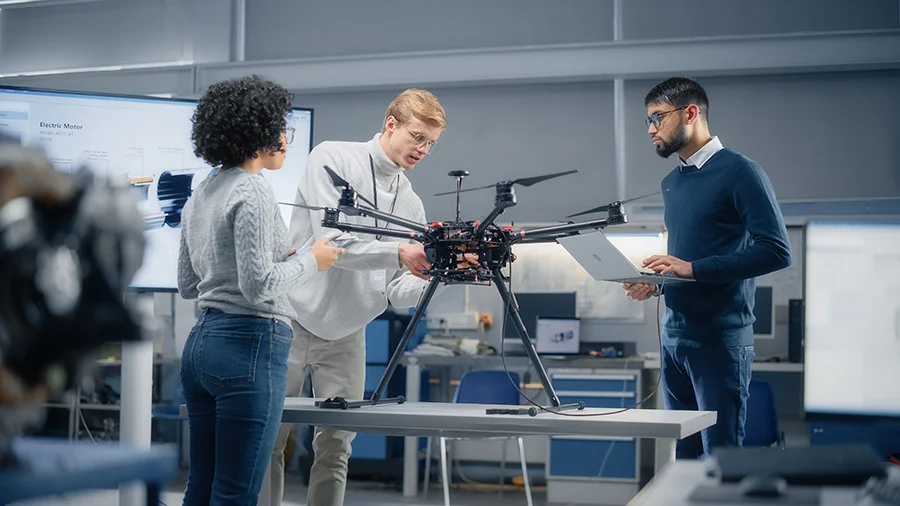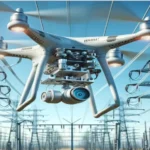Drones are no longer just a tool for surveillance, photography, or military use. Educational drones are transforming classrooms around the world by providing students with hands-on learning experiences in science, technology, engineering, and mathematics (STEM). These advanced devices are not only fun to operate but also serve as powerful tools that help students understand complex concepts, improve problem-solving skills, and foster creativity. As technology continues to evolve, educational drones are playing an increasingly important role in shaping the future of education.
Revolutionizing STEM Education
Educational drones are a game-changer in STEM education. By integrating drones into the curriculum, schools are able to engage students with real-world applications of mathematics, physics, and engineering. For instance, students can learn about aerodynamics by flying drones, experimenting with various flight patterns, and analyzing flight data. This hands-on learning allows students to see how the concepts they study in textbooks translate into practical applications.
Moreover, drones offer the opportunity for students to get involved in coding and programming. Many educational drones come with software that teaches students the basics of coding, allowing them to write flight plans, create missions, and control the drone’s behavior. This kind of interactive learning boosts critical thinking and problem-solving abilities, preparing students for careers in high-demand fields like robotics, artificial intelligence, and engineering.
Promoting Collaboration and Teamwork
One of the key benefits of using drones in education is their ability to promote teamwork and collaboration. Students working in teams to operate drones must communicate, plan, and solve problems together. Whether they are building their own drones, designing missions, or collecting and analyzing data, students develop essential soft skills such as collaboration, leadership, and communication. These are skills that are crucial in today’s interconnected world and are highly valued in professional environments.
Enhancing Geography and Environmental Studies
Drones can also play an important role in geography and environmental studies. Students can use drones to explore topography, map areas, and gather data about ecosystems, wildlife, and environmental changes. By flying drones over specific locations, students can capture images, create 3D models, and analyze geographical features in ways that were previously impossible or cost-prohibitive.
This kind of immersive learning encourages students to think critically about environmental issues, such as climate change, and can inspire future generations to become environmental advocates or scientists. The ability to directly observe and collect data from nature fosters a deeper understanding of the world around them.
Real-World Application and Career Readiness
Educational drones also prepare students for the future job market. As drones become an integral part of many industries, from agriculture to logistics and disaster response, students who have experience with these devices will be well-positioned for careers in these fields. In fact, drone technology is already being incorporated into vocational and higher education programs, with students gaining certifications in drone operation and management.
Additionally, educational drones encourage entrepreneurial thinking. Students can experiment with drone technologies, come up with new ideas for applications, and even design and launch their own drone-related businesses. This promotes creativity and an entrepreneurial mindset, which are key components of the modern economy.
The Future of Educational Drones
As drone technology continues to evolve, the potential for educational applications will only grow. The integration of augmented reality (AR) and virtual reality (VR) with drones could provide students with even more immersive learning experiences. For example, students could explore historical sites through drone-facilitated AR or use drones to simulate complex scientific experiments.
Furthermore, as drones become more affordable and accessible, more schools will be able to incorporate them into their classrooms, regardless of budget. This democratization of technology ensures that all students, no matter their background, can access the benefits of drone-based learning.
Conclusion
Educational drones are much more than just toys; they are tools that are shaping the future of education. By enhancing STEM learning, promoting collaboration, and preparing students for real-world careers, drones are paving the way for a new era in education. As the technology advances, educational drones will continue to revolutionize classrooms, offering students innovative ways to engage with learning and develop the skills they need for the future.




